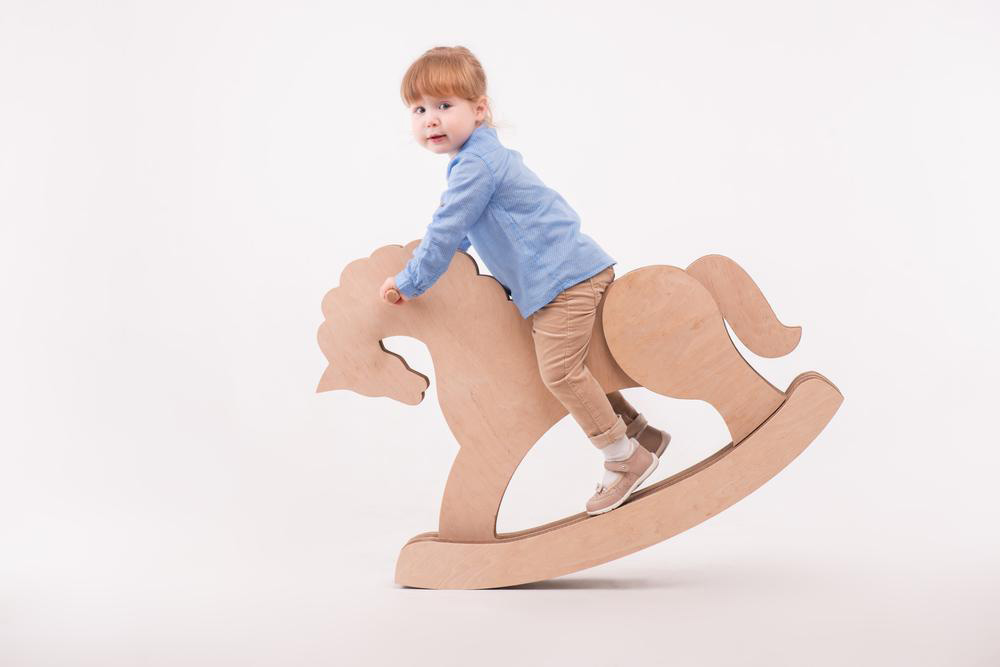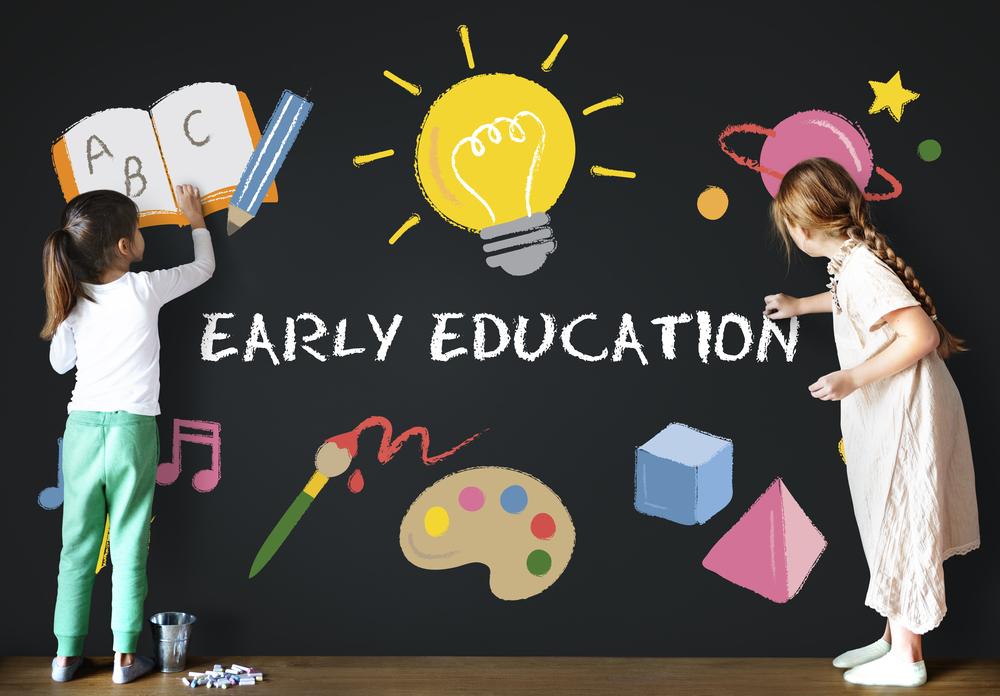Choosing Preschools That Match Your Child's Learning Style
Discover how preschools can be tailored to match your child's unique learning style. Learn about auditory, visual, and kinesthetic methods, and how integrated teaching approaches support overall development. Implement these tools at home for a balanced early education experience, ensuring your child's learning preferences are nurtured effectively for lifelong success.

Matching Preschool Environments to Your Child's Learning Preferences
Child Care and Early Education – Finding the Right Fit for Your Child’s Learning Style
Preschool marks the initial stage of a child's educational journey. It prepares children for future schooling, including elementary, middle, high school, college, and beyond. The preschool experience aims to familiarize your child with school routines and create a smooth transition from home to learning environments. Hence, preschool plays a crucial role in your child's overall development and care.
Research in child and educational psychology underscores the importance of tailored learning methods suited to each child's needs. A child's mind requires appropriate nurturing and guidance during early years. Understanding your child's preferred learning style helps establish effective educational links.
Here are some techniques used in preschools that you can implement at home to support your child's learning:
Aural Learning
Some children absorb information better through sounds, music, and spoken words. Engaging them with songs, chants, and verbal discussions can boost their learning and help extend their attention span. Encouraging your child to sing rhymes or talk about new concepts enhances language development.
Visual Learning
Children who learn best through sight rely heavily on visuals. Using picture books, videos, and drawing activities can enhance understanding. Showing images and encouraging children to depict concepts through drawings helps reinforce their learning process.
Kinesthetic Learning
Children who learn most effectively by touching and moving are known as tactile-kinesthetic learners. They benefit from hands-on activities, textures, and physical engagement. Toys like abacuses or crafts that involve movement can support their development, along with activities such as acting, dancing, or role-playing.
Integrated Cross-Disciplinary Teaching
In preschool settings, blending different teaching styles ensures comprehensive development. Combining visual, auditory, and tactile stimuli helps children become receptive to multiple modes of learning simultaneously. For instance, teaching the alphabet through writing, singing, and tactile toys caters to all learners together, fostering well-rounded growth.
Child care and preschool education should work hand-in-hand to promote holistic development. Catering to varied learning styles within a unified environment ensures that each child's unique needs are addressed effectively.
Note:
Our blog offers diverse insights into education and child development, aiming to provide practical guidance. While our information is researched, it should not replace professional advice or tailored educational plans. We disclaim responsibility for differences or inaccuracies in external data or offers. Always consult with educational professionals for personalized recommendations.










